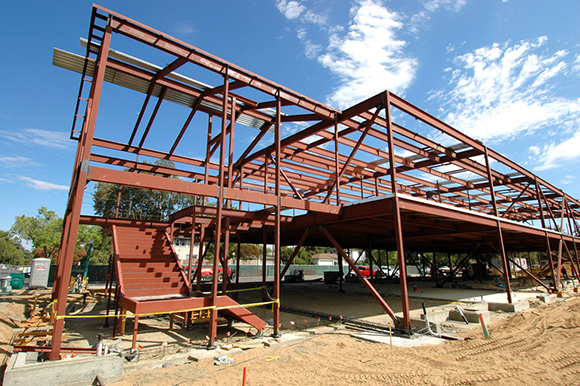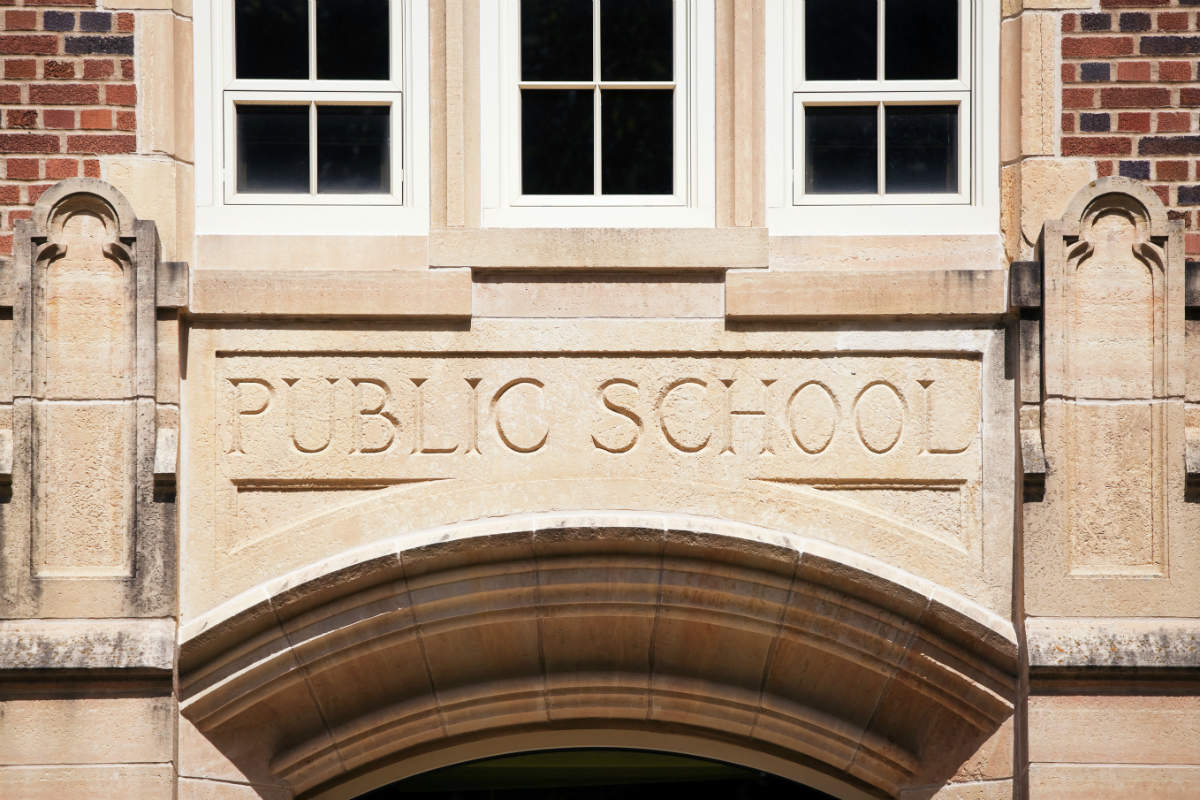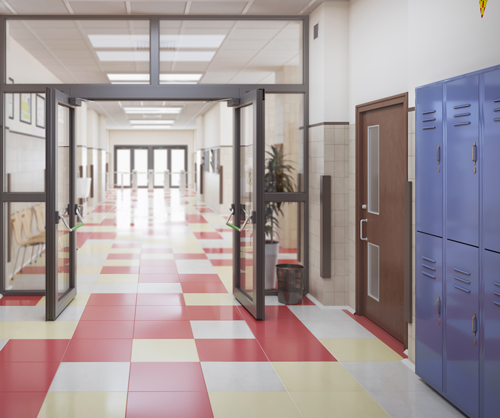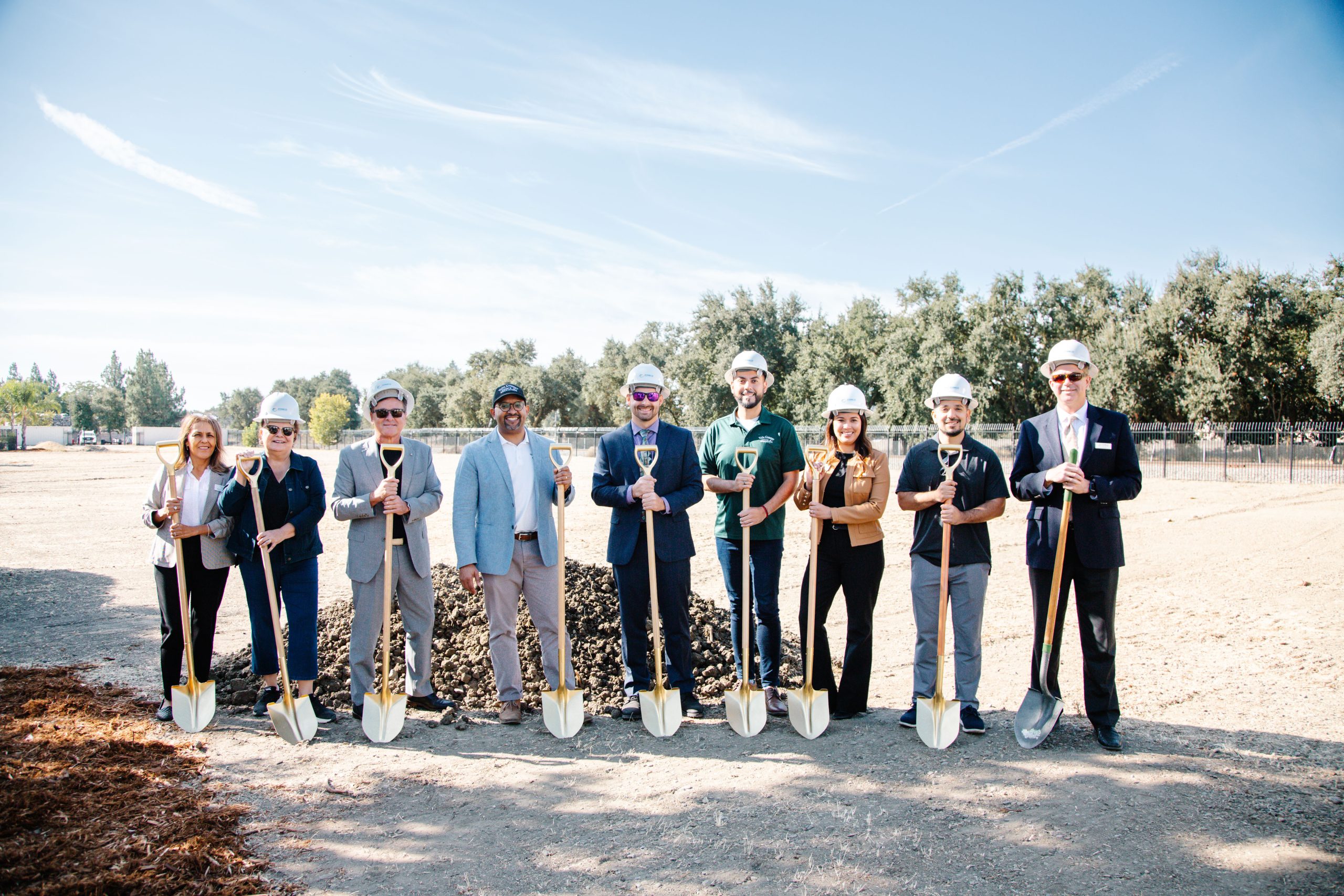Adhering to current guidelines on physical distancing, cleaning and hygiene to mitigate the spread of COVID-19 will require schools to use and operate facilities differently. While this will be a challenge for all schools, it is even more so for the many schools that were already in need of important facilities improvements before the pandemic.
The report, “Improving K–12 School Facilities in California,” notes that 38 percent of students statewide go to schools that do not meet the minimum facility standards. About 25 percent of students attend schools with damaged floors, walls or ceilings; 14 percent go to schools with malfunctioning electrical systems; and 15 percent attend schools that have at least one extreme deficiency, with underlying issues such as gas leaks, power failures and structural damage.
Unsurprisingly, districts with lower capital spending and smaller tax bases report higher levels of facility deficiencies.
Bringing facilities up to date and ensuring they are safe for students and staff will require significant new and ongoing costs — one estimate suggests more than $100 billion over the next decade, according to the report. COVID-19 has brought additional challenges, including the need for significant construction, upgrades and repairs that may be necessary to improve ventilation systems, creating larger classrooms and reducing the risk of transmission in shared spaces like restrooms. Many schools do not have sufficient building space to comply with federal and state reopening guidelines on smaller class sizes. Local educational agencies may also need to hire additional custodial staff and purchase extra supplies to allow for more frequent and thorough cleanings. Unfortunately, this comes at a time of uncertain funding for school facilities.
“For the first time in over two decades, California voters rejected a statewide bond for public school construction. In the March 2020 election, local voters also rejected over 60 percent of school bond initiatives, which have historically passed at a much higher rate,” wrote PPIC research fellows and authors of the report Niu Gao and Julien Lafortune.
Researchers cited voters’ concerns over the state’s fiscal and economic uncertainties as one possible reason that bond measures lack support in the current environment — 78 percent of voters expect bad economic times over the next 12 months.
Still, stable funding streams will be necessary if local educational agencies are to provide students a safe and effective learning environment when children ultimately return to campus. The instability in state funding makes it difficult for districts to plan for long-term facility improvements, resulting in some districts choosing to defer maintenance, which can increase the significance and severity of deficiencies down the road, according to researchers.
“In the midst of the COVID-19 pandemic, well-functioning facilities and new modes of operating will be crucial for schools to safely and effectively reopen,” Gao and Lafortune wrote. “The state should provide more consistent facility funding to ensure basic infrastructure needs are not neglected.”
One option presented in the PPIC report to address these issues would be for the state to provide annual grants adjusted by local wealth and earmarked for facility purposes. In return, districts would need to develop a facility plan and document actions and expenditures to improve school facilities.
Additional findings include:
- More than 100 schools in 60 districts had to close temporarily due to poor facility conditions between 2015–16 and 2018–19. Reasons for closure included broken water pipes, mold, pest infestations, heating system failures and water contamination. The number of cancelled days ranged from 1 to 116, with an average of three lost school days per year.
- Many schools face capacity constraints due to student enrollment growth and lack the technological infrastructure to support digital learning. Schools also often need major renovations to address deferred maintenance, upgrade aging buildings, plan for natural disasters, improve energy efficiency and ensure adequate accommodations for people with disabilities.





